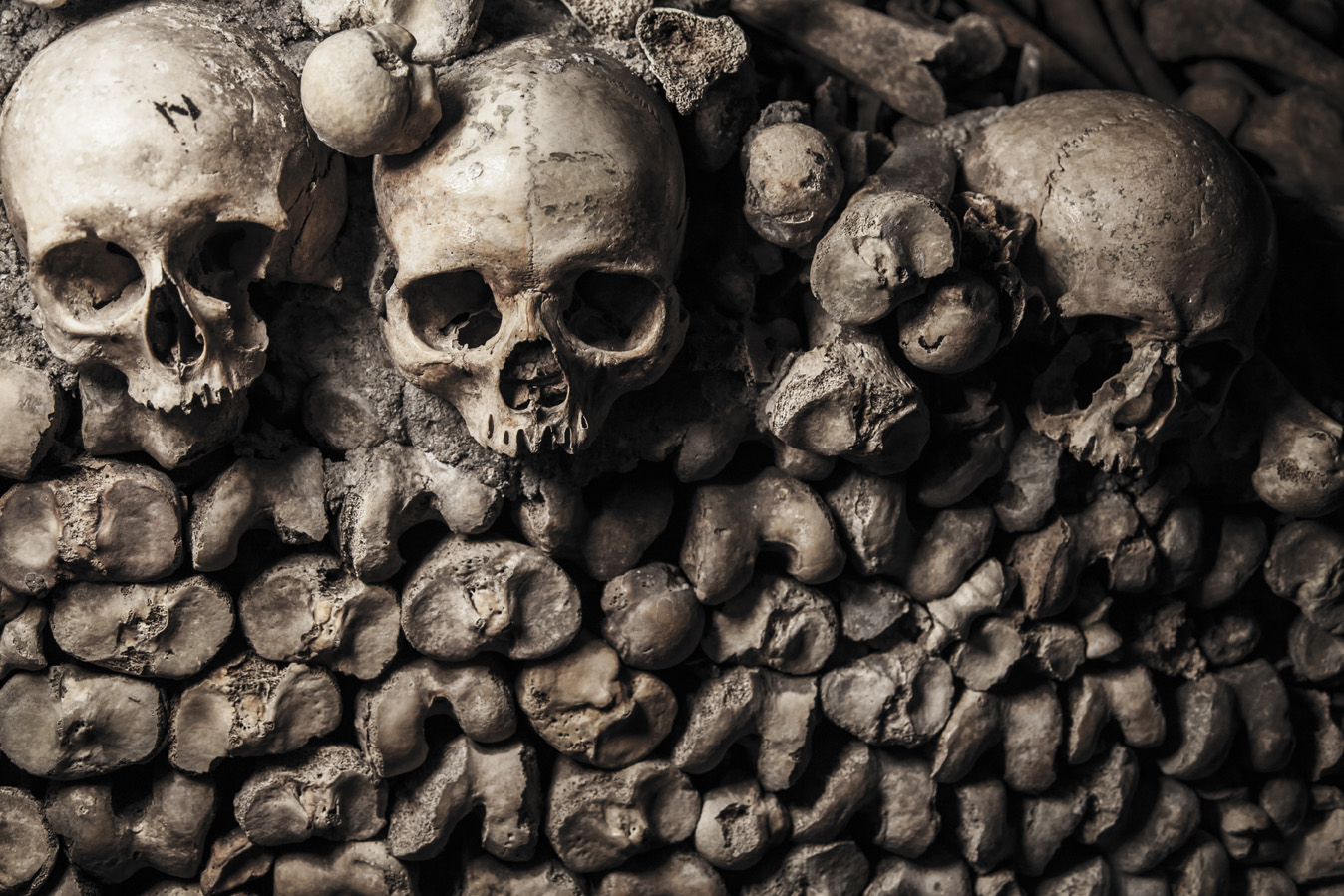
Ten stages of genocide (from Wikipedia)
In 1996, Gregory Stanton, the founding president of Genocide Watch, presented a briefing paper called “The 8 Stages of Genocide” at the United States Department of State. In it he suggested that genocide develops in eight stages that are “predictable but not inexorable”. Stanton first conceived and published his stages of genocide model in the 1987 Faulds Lecture at Warren Wilson College, also presented to the American Anthropological Association in 1987. In 2012, Stanton added two additional stages, Discrimination and Persecution, to his model, which resulted in a 10-stage model of genocide. The stages are not linear, and usually several occur simultaneously. Stanton’s model is a conceptual model for analyzing the processes of genocide, and for determining preventive measures that might be taken to combat or stop each process.
The Stanton paper was presented at the State Department in 1996, shortly after the Rwandan genocide, but it also analyzes the processes in the Holocaust, the Cambodian genocide, and other genocides. The preventive measures suggested are those that the United States, national governments, and United Nations could implement or influence other governments to implement.
1. Classification
🗹 People are divided into “them and us”.
Preventive measures: “The main preventive measure at this early stage is to develop universalistic institutions that transcend… divisions.”
2. Symbolization
🗹 “When combined with hatred, symbols may be forced upon unwilling members of pariah groups…”
Preventive measures: “To combat symbolization, hate symbols can be legally forbidden as can hate speech”.
3. Discrimination
🗹 “Law or cultural power excludes groups from full civil rights: segregation or apartheid laws, denial of voting rights”.
Preventive measures: “Pass and enforce laws prohibiting discrimination. Full citizenship and voting rights for all groups.””
4. Dehumanization
🗹 “One group denies the humanity of the other group. Members of it are equated with animals, vermin, insects, or diseases.”
Preventive measures: “Local and international leaders should condemn the use of hate speech and make it culturally unacceptable. Leaders who incite genocide should be banned from international travel and have their foreign finances frozen.”
5. Organization
🗹 “Genocide is always organized… Special army units or militias are often trained and armed…”
Preventive measures: “The U.N. should impose arms embargoes on governments and citizens of countries involved in genocidal massacres, and create commissions to investigate violations”
6. Polarization
🗹 “Hate groups broadcast polarizing propaganda…”
Preventive measures: “Prevention may mean security protection for moderate leaders or assistance to human rights groups…Coups d’état by extremists should be opposed by international sanctions.”
7. Preparation
🗹 “
Mass killing is planned. Victims are identified and separated out because of their ethnic or religious identity…”
Preventive measures: “At this stage, a Genocide Emergency must be declared. Full diplomatic pressure by regional organizations must be invoked, including preparation to intervene to prevent genocide.”
8. Persecution
🗹 “Expropriation, forced displacement, ghettos, concentration camps”.
Preventive measures: “Direct assistance to victim groups, targeted sanctions against persecutors, mobilization of humanitarian assistance or intervention, protection of refugees.”
9. Extermination
🗹 “It is ‘extermination’ to the killers because they do not believe their victims to be fully human”.
Preventive measures: “At this stage, only rapid and overwhelming armed intervention can stop genocide. Real safe areas or refugee escape corridors should be established with heavily armed international protection.”
10. Denial
🗹 “The perpetrators… deny that they committed any crimes…”
Preventive measures: “The response to denial is punishment by an international tribunal or national courts”

